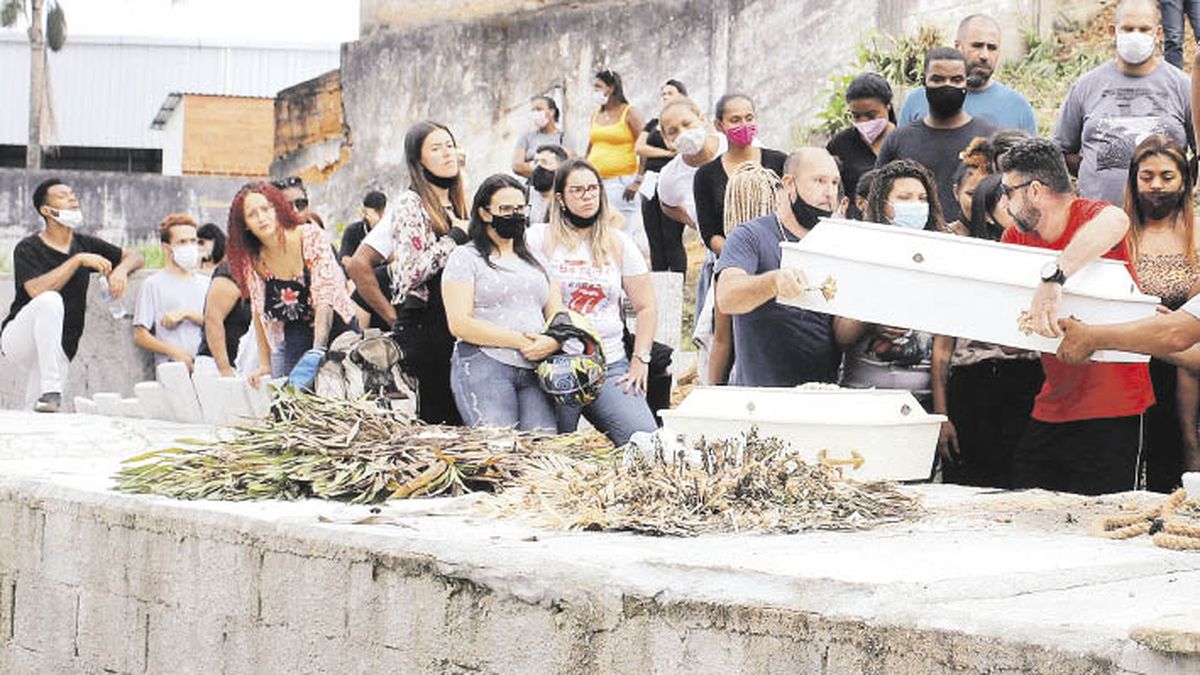The provisional balance indicated 146 dead, according to data from the local civil defense, 47 of them children or adolescents. But, the bad weather conditions continue in the area, which makes it difficult for the rescuers, and the emergency teams had to suspend several times. the search for survivors due to torrential rains, while hopes of finding people alive diminish.
Meanwhile, corruption investigated by Lava Jato (car wash) in Rio de Janeiro emerges in the midst of the tragedy. According to prosecutors, the State Works Department lived for years subjugated by a criminal organization specialized in “rigging bids, overvaluing construction materials and diverting public money,” the portal G, of the O Globo group, published yesterday.
The Federal Public Ministry discovered, and Justice has been agreeing, that, for 15 years, the secretariat in charge of improving the state’s infrastructure -including works for slopes in the Serrana Region- was transformed into a bunker to collect bribes, in addition to a clandestine money mine for the political campaign of the then PMDB, the Brazilian Democratic Movement Party.
In total, the diversion reached more than 4 billion reais (about 780 thousand dollars), according to the Federal Public Ministry, quoted by G1.
Corruption was so ingrained in the Obras portfolio that there was a percentage of bribery there, called “oxygen tax”. The prosecutors discovered that, in addition to the 5% that the construction companies paid to former Governor Sergio Cabral, there was an additional payment of 1%, exclusively for the Ministry of Public Works.
Thus, the tragedy that Rio de Janeiro is experiencing is a tragedy foretold, since it is the area that has shown little investment by the State to improve the situation of water drainage and channeling of the rivers.
At the same time, the Brazilian press reports that the Rio government spent less than half of its budget for prevention. The planned funds included works to recover slopes, reforestation in river areas, demolition of houses in risk areas and the relocation of inhabitants who live on unstable land, actions that could have minimized the damage.
In 2011, the same region was the scene of one of the biggest weather catastrophes in Brazilian history, when heavy rains devastated Petrópolis and other neighboring municipalities, leaving more than 900 dead and almost 100 missing.
According to the G1 portal, of the Globo group, in 11 years, Rio de Janeiro had five governors and none of them implemented a prevention plan to avoid damage from the heavy rains that frequently fall in this mountainous region. G1 highlighted today that the scene of destruction in Petrópolis is very similar to the devastation that the municipality also suffered in 2013, when 33 people died. Repeated tragedies and repeated corruptions.
Source: Ambito
David William is a talented author who has made a name for himself in the world of writing. He is a professional author who writes on a wide range of topics, from general interest to opinion news. David is currently working as a writer at 24 hours worlds where he brings his unique perspective and in-depth research to his articles, making them both informative and engaging.




